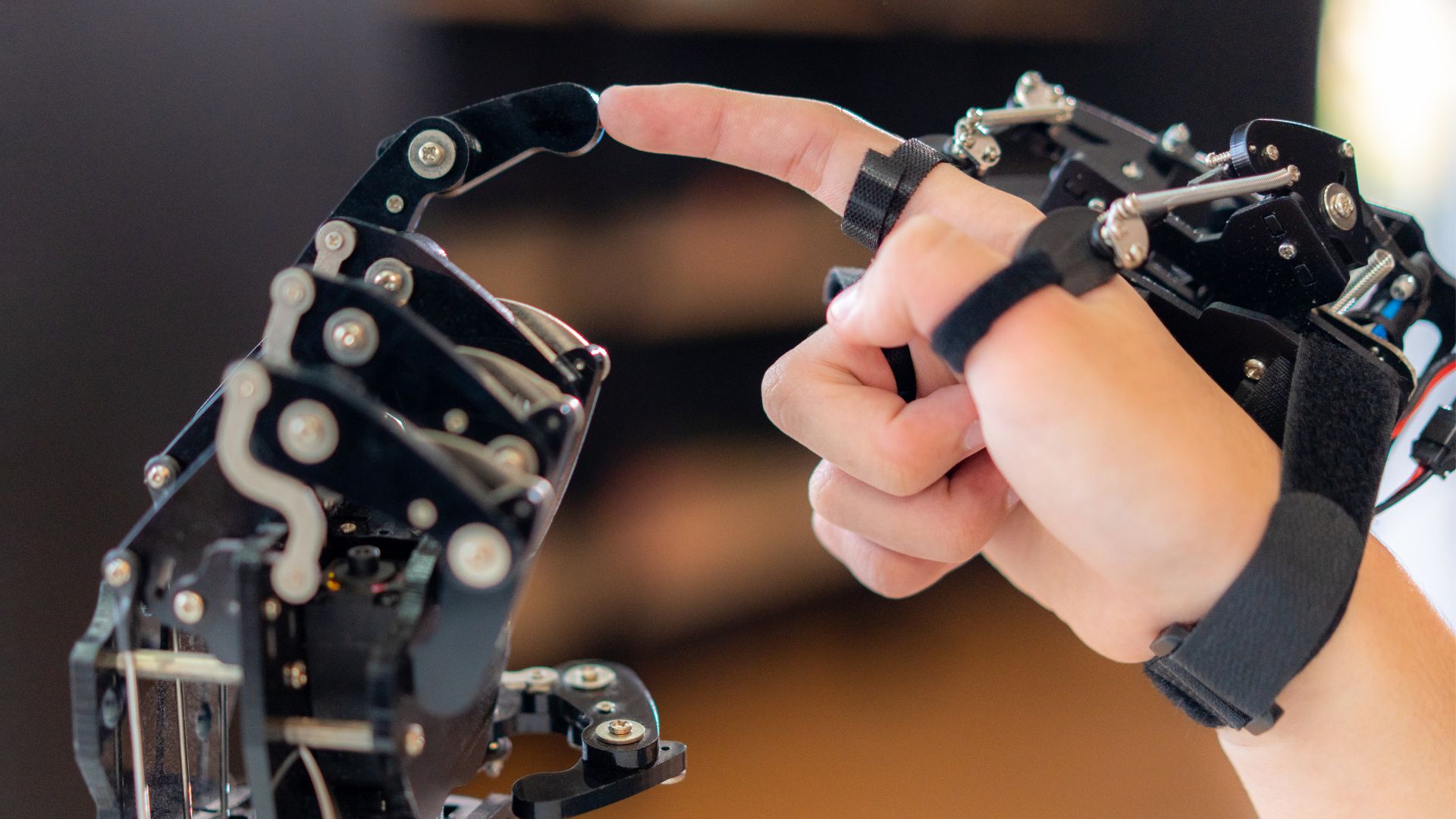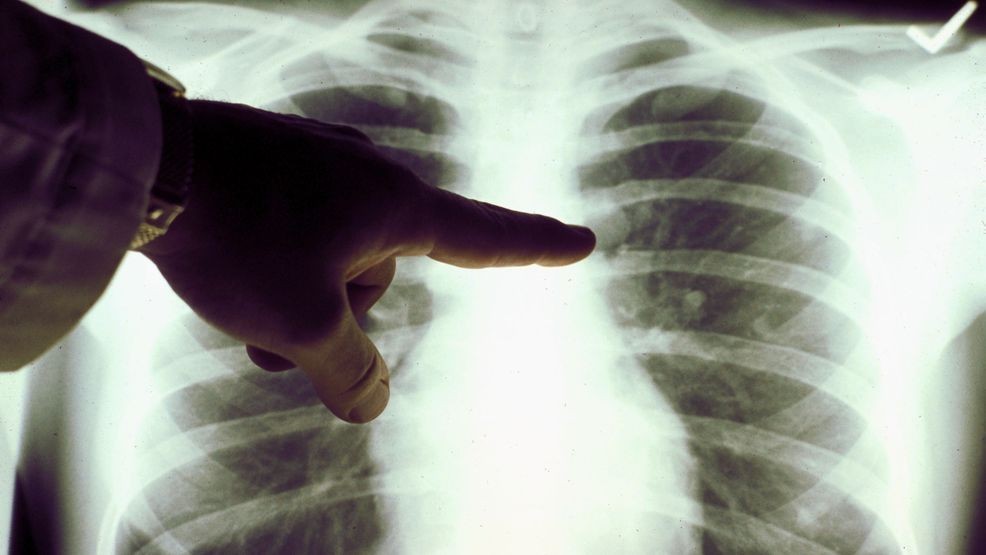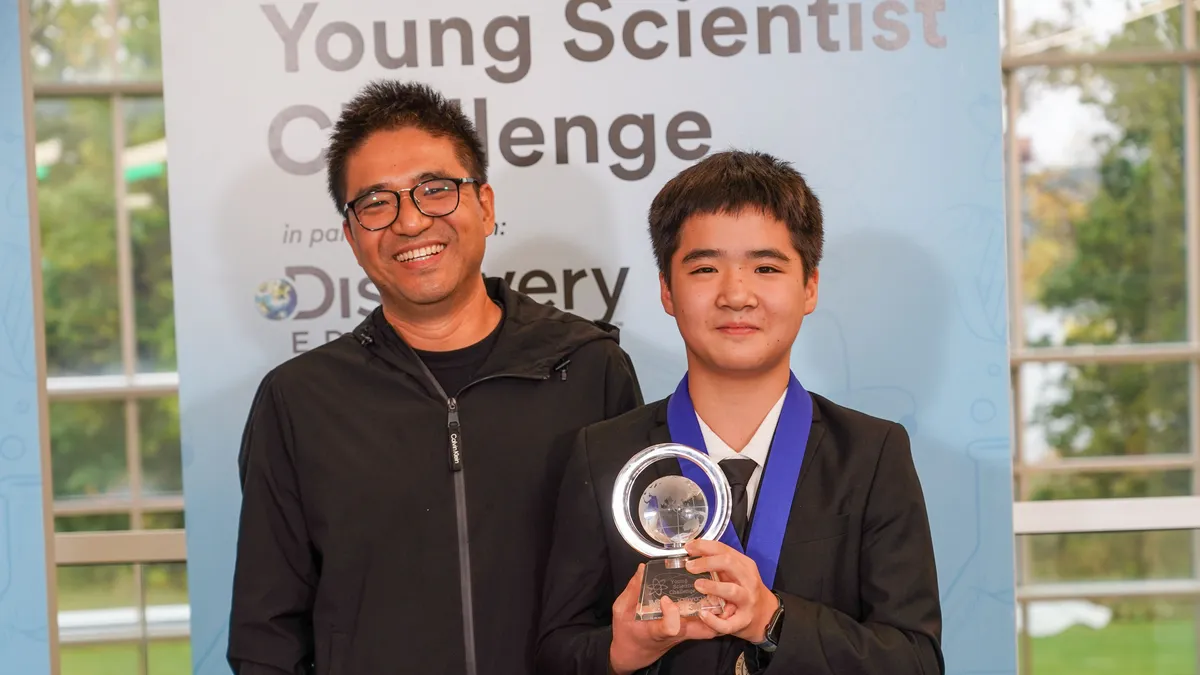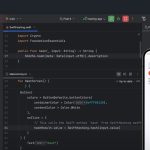At just 13 years old, Kevin Tang is establishing himself in the world of science and senior care − all with the goal of keeping his grandma safe.
The Southern California eighth-grader just won $25,000 and the title of “America’s Top Young Scientist” for his fall detection invention, a monitoring device for seniors. It’s different from Life Alert and other brands that offer devices seniors wear around their necks, in their pockets or on their wrists. Kevin’s invention, FallGuard, is a camera monitoring system with an algorithm he programmed to identify falls and alert caregivers.
Kevin’s device isn’t wearable. Instead, users set up FallGuard cameras around their home that connect to a small computer to monitor for falls.
He’s working to keep his device free, or at least on the cheaper side, for anyone who needs it.
Kevin is always inventing and making “strange stuff at home,” his father, Yang Tang, told USA TODAY. He didn’t know his son was working on this project at first but knew it was a good idea when Kevin showed it to him.
Tang thought about his other friends who are worried about their aging parents. Whether Kevin won the award or not, his father told him, “we definitely will make this product to help them all.”
‘It was really scary.’ Grandma’s fall inspires middle schooler’s invention
Kevin said his grandmother, who lives with his family, fell at home about five years ago.
“Nobody noticed immediately, and by the time we found her and called 911, she was left with permanent brain damages,” he said. “It was really scary.”
A few years later, Kevin said his friend’s grandfather fell, too. That’s when he realized how common − and dangerous − falls can be.
Falls are the leading cause of injury for adults 65 and older, according to the Centers for Disease Control and Prevention. More than 14 million, or 1 in 4 older adults, report falling every year, and there are about 1 million fall-related hospitalizations each year among older adults. Falls are the most common cause of traumatic brain injuries.
Kevin said it took a while to develop his fall detection algorithm. Once he became a finalist in the 3M Young Scientist Challenge and was paired with a mentor, Mark Gilbertson, he worked to ensure the device could function at nighttime.
“He’s detecting your shoulder position, your elbow joint using some AI algorithms, and then built his own algorithm on top of that to determine when you fall over,” Gilbertson explained.
Kevin’s device doesn’t require a subscription like other fall detection systems, he said. And it “works all the time.”
“You don’t have to remember to wear it,” Kevin said. His friend’s grandfather, who fell, had a watch with fall detection technology. “But since he forgot to charge it the day before, he fell and no one knew until the next day.”
It costs about $90 in materials to make one device, Kevin said, but he’s trying to bring it down to $30 by using a different computer. Since he won the national science fair competition, he said at least one security camera company has shown interest, and many individuals have told him they want a device to keep their families safe.
The Tangs have FallGuard set up in their home now, and another family is using the device, too. Kevin has more than 10 other families on a waiting list and hopes to help many more families soon.
Madeline Mitchell’s role covering women and the caregiving economy at USA TODAY is supported by a partnership with Pivotal and Journalism Funding Partners. Funders do not provide editorial input.
Reach Madeline at [email protected] and @maddiemitch_ on X.
First Appeared on
Source link













